Home>Articles>How Much Current Is Drawn By A 1000-W Electric Skillet Operating On 120V
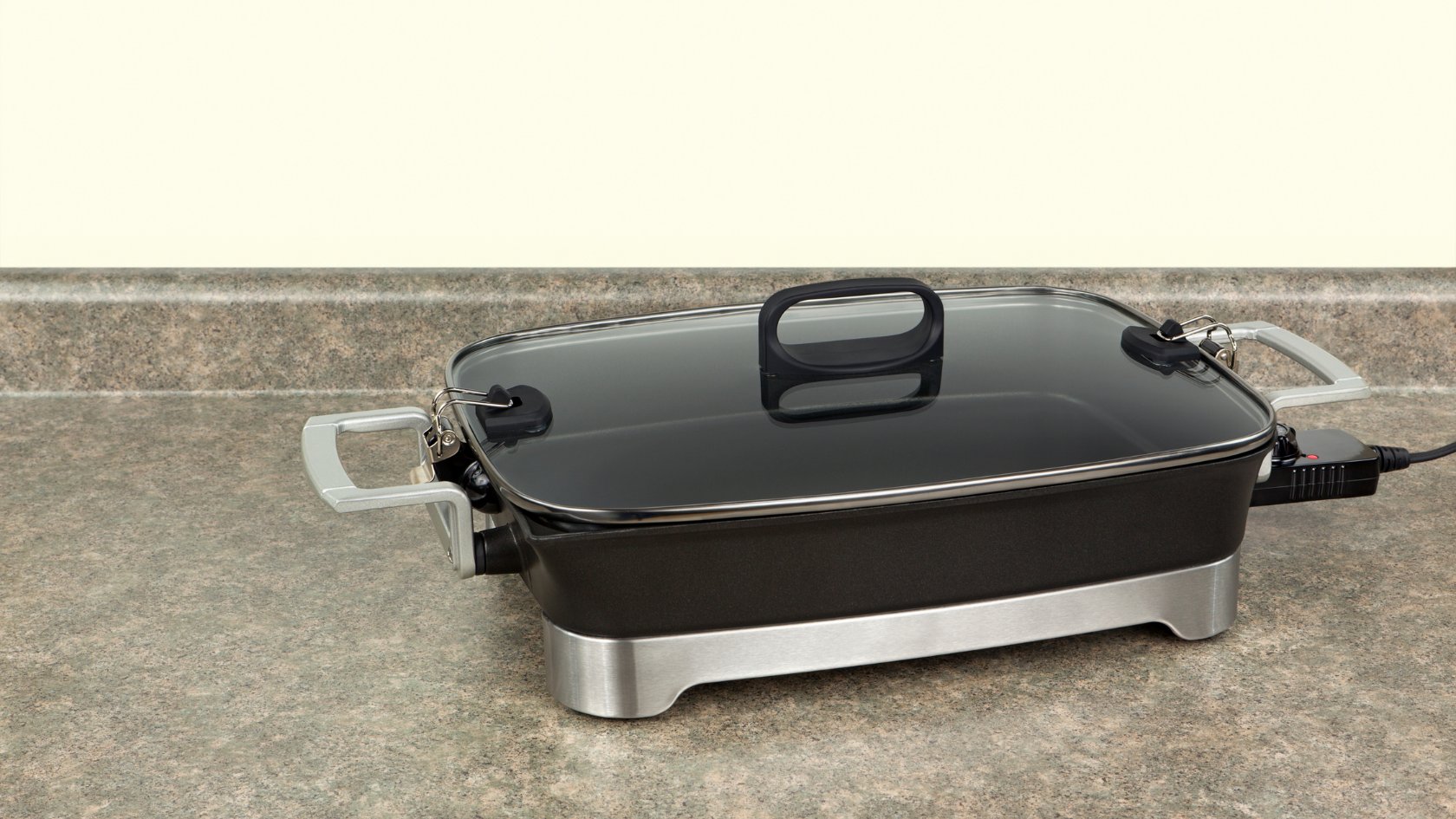

Articles
How Much Current Is Drawn By A 1000-W Electric Skillet Operating On 120V
Modified: February 27, 2024
Find articles on how much current is drawn by a 1000-W electric skillet operating on 120V. Gain insights and knowledge on electrical consumption.
(Many of the links in this article redirect to a specific reviewed product. Your purchase of these products through affiliate links helps to generate commission for Storables.com, at no extra cost. Learn more)
Introduction
Electric skillets have become a popular and convenient kitchen appliance for many households. They offer a versatile cooking option with easy temperature control and a flat cooking surface, making them perfect for frying, sautéing, and even baking. However, understanding the technical aspects of electric skillets, such as power, voltage, and current, can be daunting for some.
In this article, we will delve into the world of electric skillets, specifically focusing on calculating the current drawn by a 1000-Watt electric skillet operating on 120 volts. We will break down the electrical concepts involved and provide a step-by-step guide to help you understand how to determine the current used by this appliance.
So, if you’ve ever wondered about the electric consumption of your trusty skillet, or if you’re simply interested in expanding your knowledge in this area, read on! We will demystify the process and make it easy for you to calculate the current draw of your electric skillet.
Now, let’s start by gaining a better understanding of electric skillets as a whole and the basic principles of power and voltage. So, grab your spatula and let’s dive in!
Key Takeaways:
- Understanding the current drawn by a 1000-W electric skillet operating on 120V is crucial for managing energy consumption and making informed decisions about its usage, promoting efficient and responsible use.
- By understanding the power, voltage, and current of electric skillets, you can make informed decisions about their usage and optimize your cooking experience, ensuring safe and efficient operation.
Read also: 11 Best Halogen Bulb 120V 100W for 2025
Understanding Electric Skillets
Electric skillets, also known as electric frying pans or electric griddles, have become a staple in many kitchens due to their versatility and ease of use. These appliances are essentially portable, standalone stovetops that rely on electricity to generate heat.
The design of an electric skillet consists of a heating element embedded in a flat cooking surface, often made of non-stick material. This surface evenly distributes heat, allowing for consistent cooking results. Electric skillets typically come with a temperature control dial or digital panel that allows users to set and maintain specific cooking temperatures.
One of the main advantages of electric skillets is their portability. Unlike traditional stovetops, electric skillets can be easily transported and used in various locations, making them ideal for outdoor cooking, camping trips, or even dorm rooms. Additionally, their compact size makes them a great option for those with limited kitchen space.
Electric skillets are capable of a wide range of cooking techniques. From frying chicken to sautéing vegetables or even baking pancakes, you can accomplish a multitude of dishes with this versatile appliance. Thanks to the precise temperature control, you can achieve consistent and even cooking results, ensuring that your food is cooked to perfection.
In terms of maintenance, electric skillets are generally easy to clean. Most models have detachable parts, such as the cooking surface and temperature control panel, which can be removed and washed separately. Additionally, the non-stick surface reduces the amount of residue left behind, making it easier to wipe clean.
Now that we understand the basics of electric skillets, let’s explore the concepts of power and voltage, which play a crucial role in determining the current drawn by these appliances.
Power and Voltage
To understand the current drawn by an electric skillet, it is important to grasp the concepts of power and voltage. These two terms are fundamental in the field of electricity and can help us calculate the electrical consumption of various appliances.
Power is the rate at which work is done or the amount of energy transferred per unit of time. It is typically measured in watts (W) and represents the amount of electrical energy used or produced by a device. In simple terms, power tells us how much energy an appliance consumes or generates.
Voltage, on the other hand, refers to the electric potential difference between two points in an electrical circuit. It is often measured in volts (V) and determines the force or pressure at which electric current flows. In simpler terms, voltage can be thought of as the “push” that allows electricity to flow through a circuit.
The relationship between power, voltage, and current can be understood using the formula: Power (P) = Voltage (V) × Current (I). This formula, known as Ohm’s Law, helps us derive the current consumption of an electric skillet when we know its power and voltage ratings.
For example, let’s consider a hypothetical electric skillet with a power rating of 1000 watts and an operating voltage of 120 volts. By dividing the power rating by the voltage, we can calculate the current drawn by the skillet. In this case, the current would be 1000 watts / 120 volts = 8.33 amperes (A).
Understanding the relationship between power, voltage, and current is essential in determining the electrical consumption of any appliance, including electric skillets. It allows us to estimate the amount of energy these appliances utilize and make informed decisions regarding their usage.
Now that we have a grasp of power and voltage, let’s dive into calculating the current drawn by a 1000-watt electric skillet operating on 120 volts, which will help us further understand the electrical characteristics of these appliances.
Calculating Current
Calculating the current drawn by an electric skillet operating on a specific power and voltage is a relatively straightforward process. By using Ohm’s Law, we can determine the current consumption with just a little bit of math.
To calculate the current, we need the power rating of the electric skillet and the operating voltage. In this case, we’ll consider a 1000-watt electric skillet operating on 120 volts.
Step 1: Write down the known values:
– Power (P) = 1000 watts
– Voltage (V) = 120 volts
Step 2: Use Ohm’s Law to calculate the current (I):
– Current (I) = Power (P) / Voltage (V)
Using the above formula, we can now calculate the current drawn by the electric skillet:
Current (I) = 1000 watts / 120 volts
Calculating this equation gives us the current consumption of the electric skillet.
Current (I) = 8.33 amperes (A)
Therefore, the 1000-watt electric skillet operating on 120 volts draws approximately 8.33 amperes of current.
It’s important to note that the calculated current represents the average current drawn by the electric skillet during operation. The actual current may vary depending on factors such as the specific heating elements used and the temperature setting chosen.
Calculating the current drawn by an electric skillet allows us to better understand its electrical characteristics and helps us determine its energy consumption. This knowledge can be beneficial in managing energy usage and making informed decisions about using the appliance efficiently.
In the next section, we will specifically focus on the 1000-watt electric skillet and explore its operating voltage, which is an important factor in determining its current draw.
The current drawn by the electric skillet can be calculated using the formula I = P/V, where I is the current in amperes, P is the power in watts (1000W), and V is the voltage in volts (120V).
The 1000-W Electric Skillet
The 1000-watt electric skillet is a popular choice among home cooks and culinary enthusiasts due to its versatility and cooking capabilities. This appliance offers a high level of power, allowing for quick and efficient cooking of various dishes.
With a power rating of 1000 watts, the electric skillet provides ample heat to cook a wide range of foods. The wattage directly affects how quickly the skillet can reach and maintain the desired cooking temperature. The higher the wattage, the faster the skillet can heat up, reducing the overall cooking time.
The 1000-watt electric skillet is capable of evenly distributing heat across its flat cooking surface. This ensures that the food is cooked uniformly and prevents hotspots, resulting in dishes that are cooked to perfection. Whether you’re searing meats, stir-frying vegetables, or making a batch of pancakes, the 1000-watt electric skillet can handle it all.
Additionally, this electric skillet typically features a temperature control dial or digital panel. This allows you to set and adjust the cooking temperature according to the specific requirements of your recipe. The temperature control feature ensures precise cooking and allows you to achieve your desired results consistently.
Moreover, the 1000-watt electric skillet often comes with a non-stick cooking surface. This makes it easy to cook with minimal oil, simplifies the cleaning process, and prevents food from sticking. The non-stick surface also ensures that the heat is evenly distributed, further enhancing the quality of your cooking.
When considering the electrical characteristics of the 1000-watt electric skillet, it’s important to factor in its operating voltage. The voltage rating determines the electrical force at which the appliance operates and affects the current drawn by the skillet. In the case of the 1000-watt electric skillet, we will assume an operating voltage of 120 volts.
Now that we have a solid understanding of the 1000-watt electric skillet and its power rating, let’s proceed to the next section where we will delve deeper into the operating voltage and calculate the current drawn by this appliance.
Read also: 8 Amazing 50W 120V Halogen Bulb for 2025
Operating Voltage
The operating voltage of an electric skillet refers to the specific electrical voltage at which the appliance is designed to operate. It plays a crucial role in determining the current draw and overall performance of the skillet.
For the purpose of our discussion, let’s assume that the 1000-watt electric skillet operates at a voltage of 120 volts. This voltage is a common standard in many residential electrical systems, making it compatible with most household power outlets.
Operating at 120 volts, the electric skillet can effectively convert electrical energy into heat energy. The voltage determines the force or pressure at which the electric current flows through the heating element, allowing it to generate the necessary heat for cooking.
It is important to note that the operating voltage of an electric skillet is typically fixed and cannot be adjusted by the user. The appliance is designed to work specifically at the designated voltage, ensuring optimal performance and safety.
When considering the voltage of an electric skillet, it is crucial to ensure that the voltage matches the electrical system of your home. Most residential electrical systems operate at 120 volts in North America, while other regions may have different standards. It is essential to check the voltage compatibility of the appliance to avoid any electrical issues or damage.
Understanding the operating voltage of the 1000-watt electric skillet is a key factor in calculating the current drawn by the appliance. By combining this information with the skillet’s power rating, we can determine the electrical consumption and better manage energy usage.
In the following section, we will utilize the power rating of 1000 watts and the operating voltage of 120 volts to calculate the current drawn by the 1000-watt electric skillet. This will provide us with a precise measurement of the electrical current consumed by the appliance during operation.
Current Calculation
To determine the current drawn by the 1000-watt electric skillet operating on a voltage of 120 volts, we can use the formula derived from Ohm’s Law: P = V × I, where P represents power, V represents voltage, and I represents current.
Step 1: Write down the known values:
– Power (P) = 1000 watts
– Voltage (V) = 120 volts
Step 2: Rearrange the formula to solve for current (I):
– I = P / V
Step 3: Substitute the values into the equation and calculate the current:
Current (I) = 1000 watts / 120 volts
Calculating this equation gives us the current drawn by the 1000-watt electric skillet operating on 120 volts.
Current (I) = 8.33 amperes (A)
Therefore, the 1000-watt electric skillet operating on a voltage of 120 volts draws approximately 8.33 amperes of current.
It’s important to note that this calculated current represents the average electrical consumption of the electric skillet during operation. The actual current may slightly vary based on factors such as the specific design and efficiency of the skillet’s heating element.
Knowing the current drawn by the 1000-watt electric skillet can be beneficial in managing energy usage and understanding the electrical requirements of the appliance. It allows you to make informed decisions about energy consumption and promotes efficient use of the electric skillet.
Next, let’s summarize our findings and conclude the article.
Conclusion
Understanding the current drawn by a 1000-watt electric skillet operating on 120 volts is essential for managing energy consumption and making informed decisions about its usage. Throughout this article, we have explored the various aspects of electric skillets, including their functionality, power, voltage, and the calculation of current.
Electric skillets offer a versatile and convenient cooking option for many households. With their flat cooking surface, temperature control, and portability, they provide an excellent alternative to traditional stovetops. The 1000-watt electric skillet, in particular, offers a high level of power, allowing for quick and efficient cooking of various dishes.
By understanding the concepts of power and voltage, we can determine the current drawn by the electric skillet using the formula I = P / V. Using this formula, we found that the 1000-watt electric skillet operating on 120 volts draws approximately 8.33 amperes of current.
Knowing the current consumption of the electric skillet allows us to better manage energy usage and make informed decisions about its operation. It also helps us understand the electrical requirements of the appliance and promotes efficient and responsible use.
As you continue to use your electric skillet, it is important to consider the voltage compatibility of your appliance and your electrical system. Ensuring that the voltage matches appropriately helps prevent any electrical issues and ensures safe and efficient operation.
In conclusion, by understanding the power, voltage, and current of electric skillets, you can make informed decisions about their usage and optimize your cooking experience. Whether you’re frying, sautéing, or baking, the 1000-watt electric skillet is a reliable and powerful tool that can elevate your culinary creations.
So the next time you turn on your electric skillet, you can appreciate the technical aspects behind it and cook your meals with confidence, knowing that you understand the current drawn by this essential kitchen appliance.
Frequently Asked Questions about How Much Current Is Drawn By A 1000-W Electric Skillet Operating On 120V
Was this page helpful?
At Storables.com, we guarantee accurate and reliable information. Our content, validated by Expert Board Contributors, is crafted following stringent Editorial Policies. We're committed to providing you with well-researched, expert-backed insights for all your informational needs.
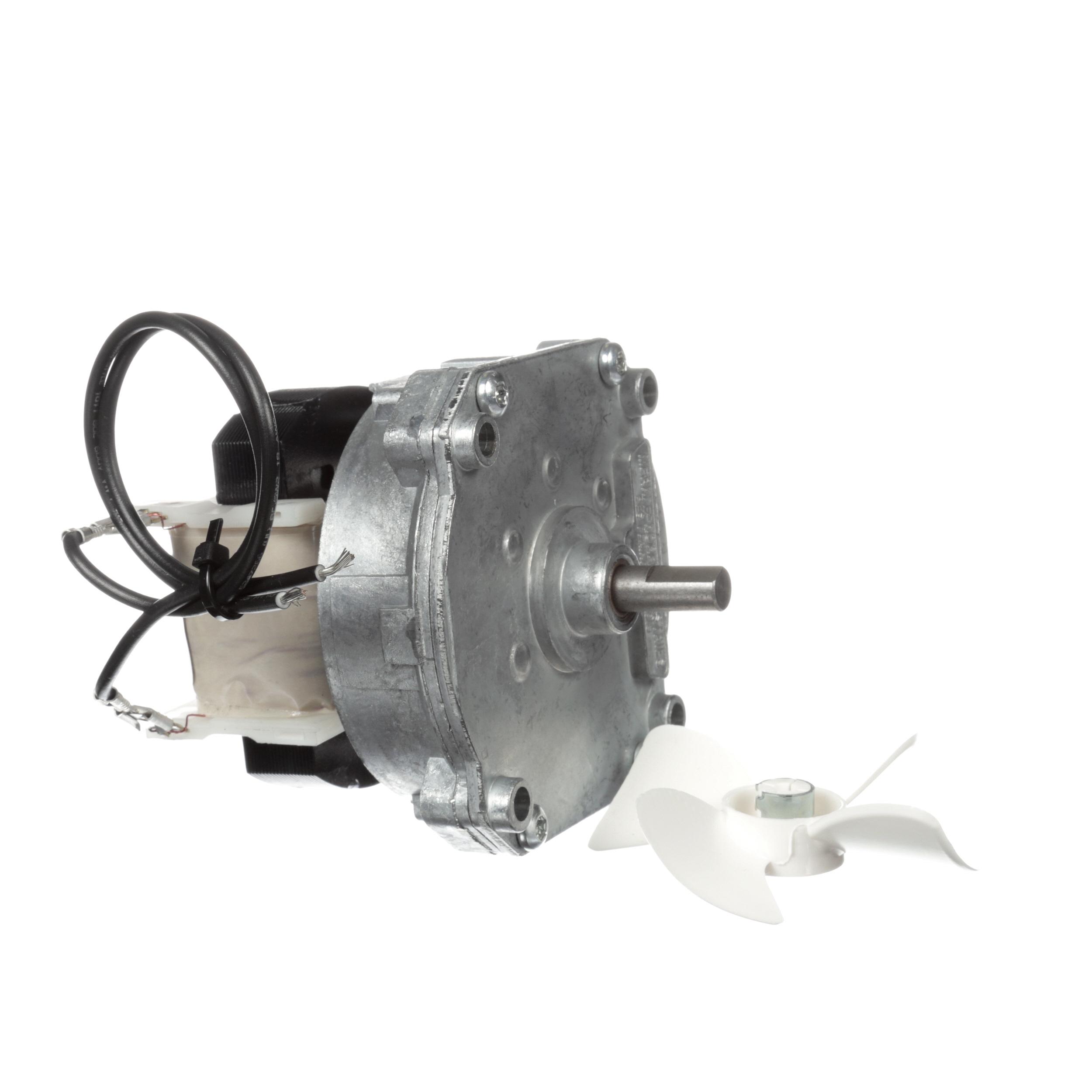
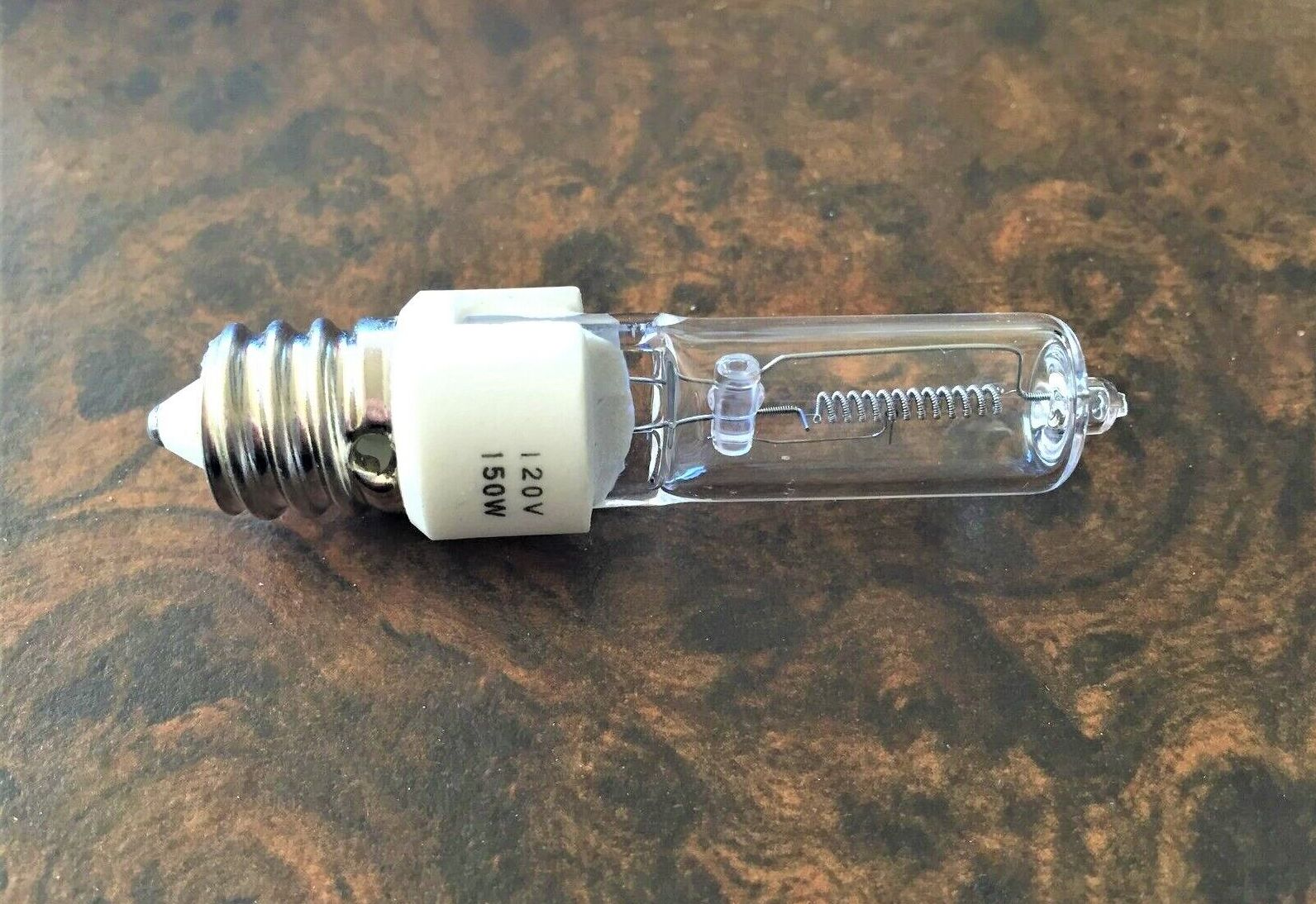
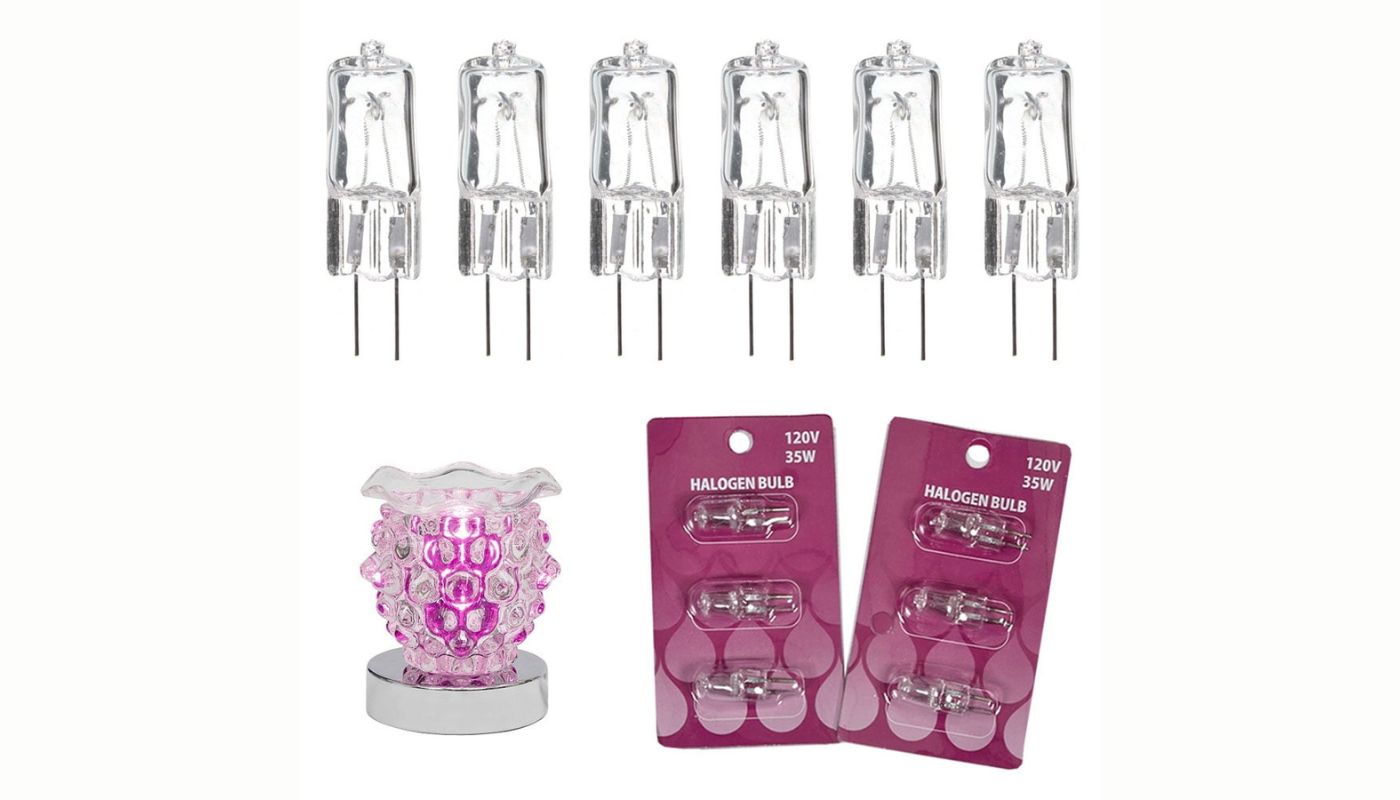
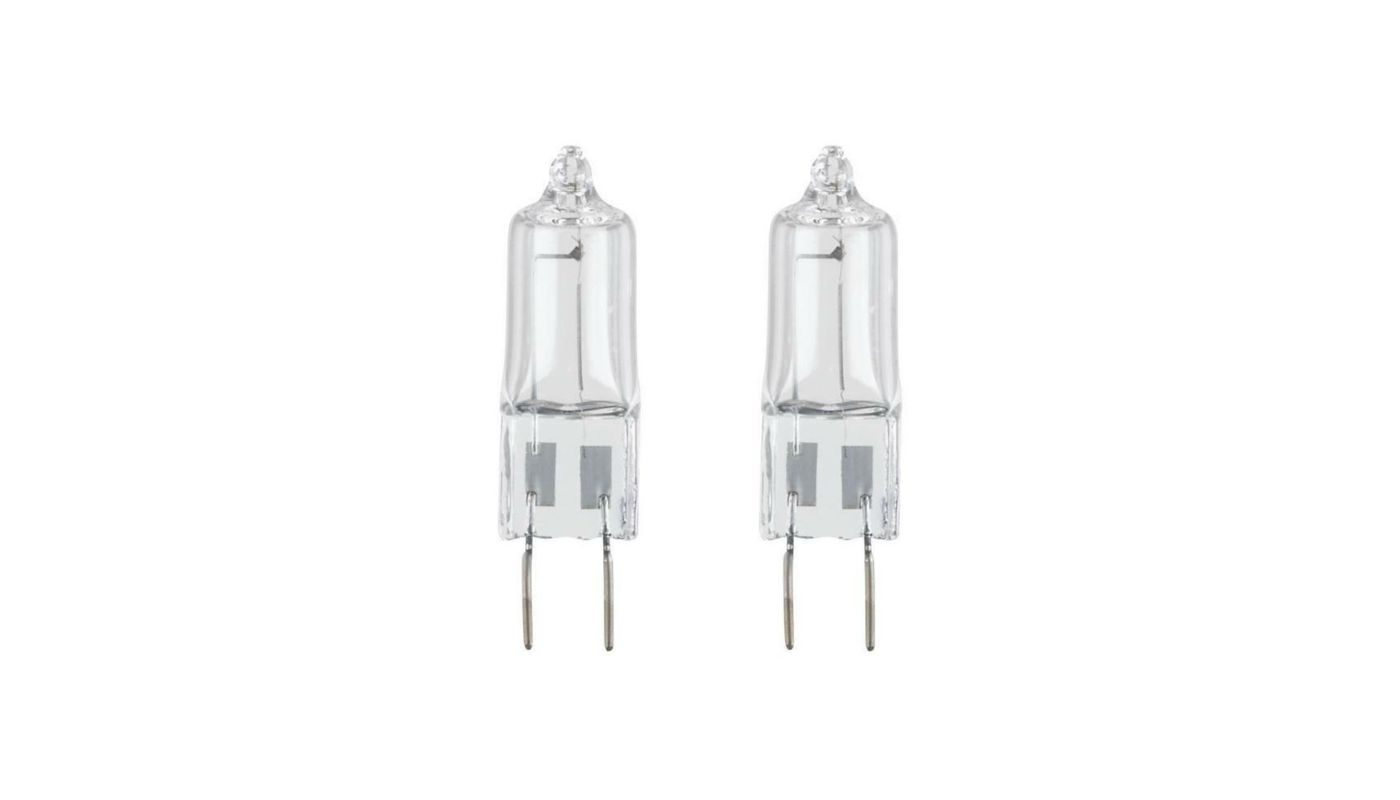
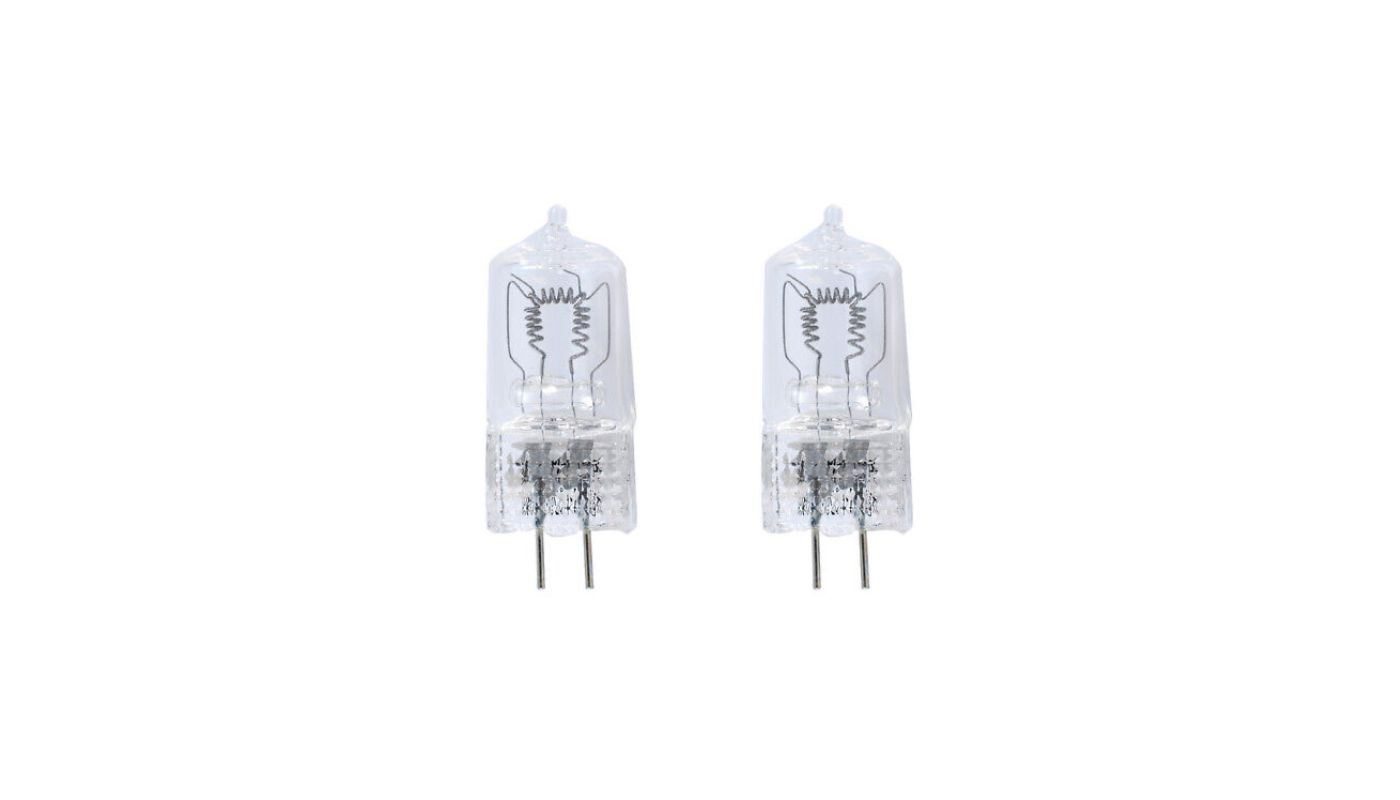
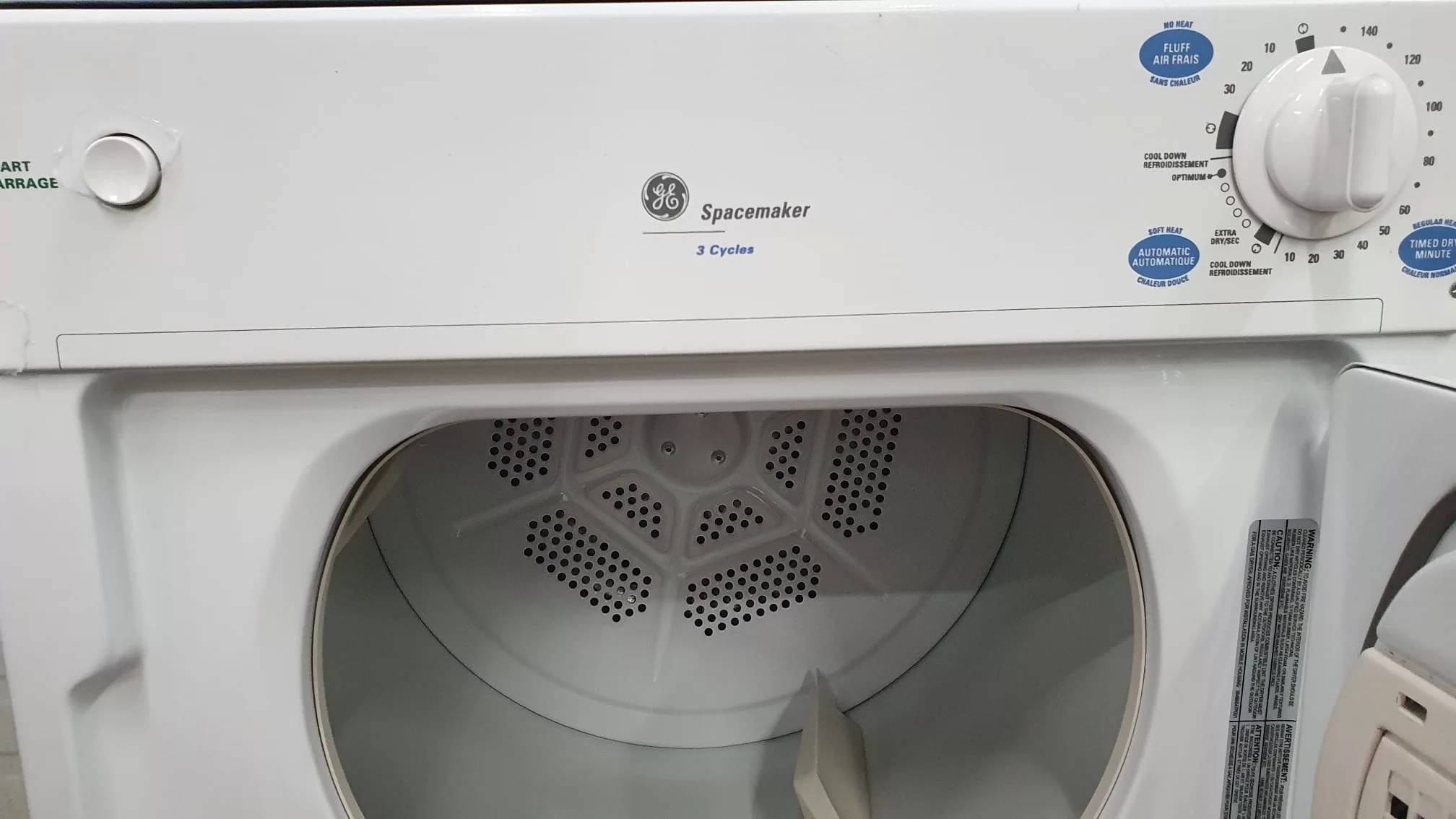
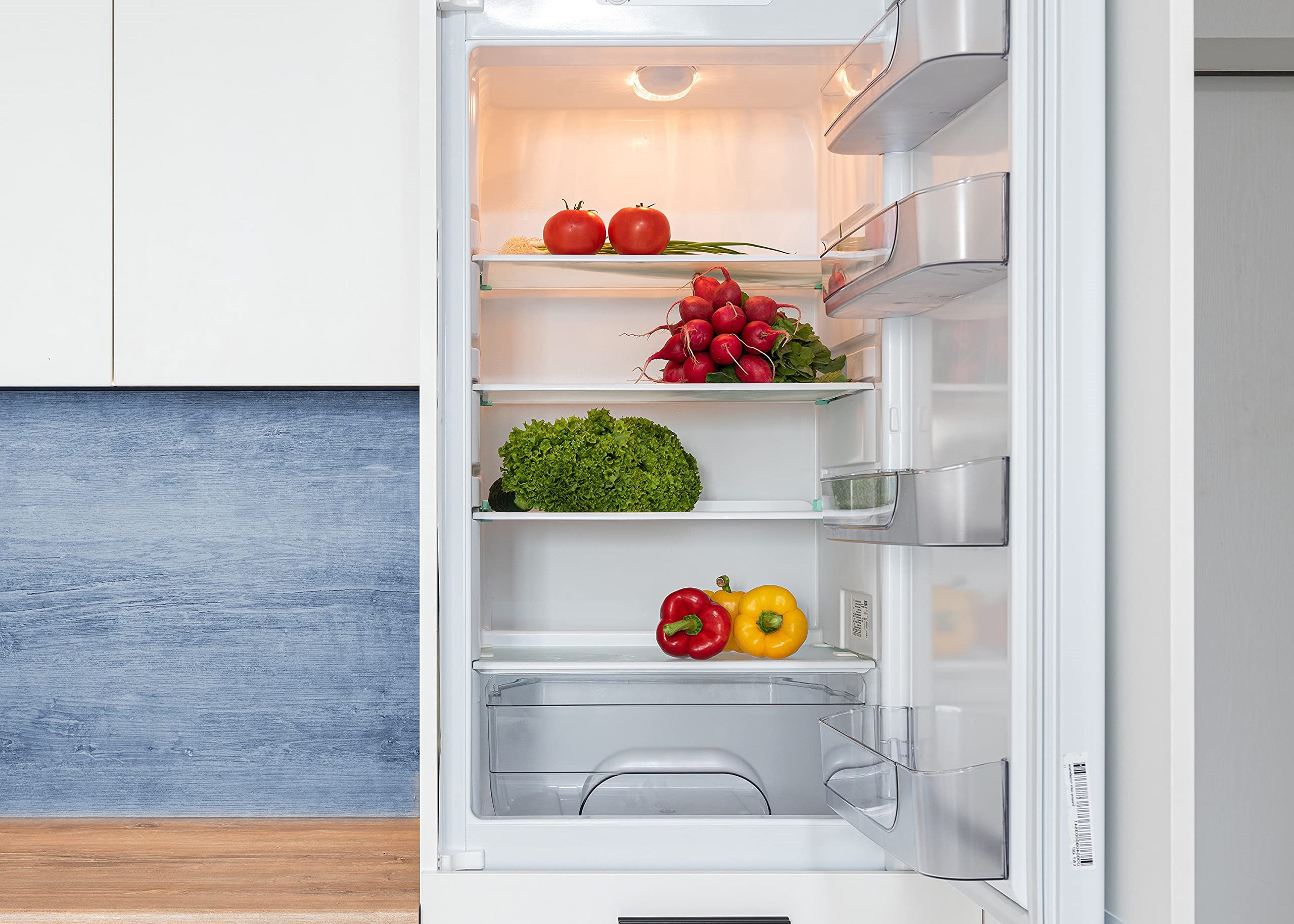
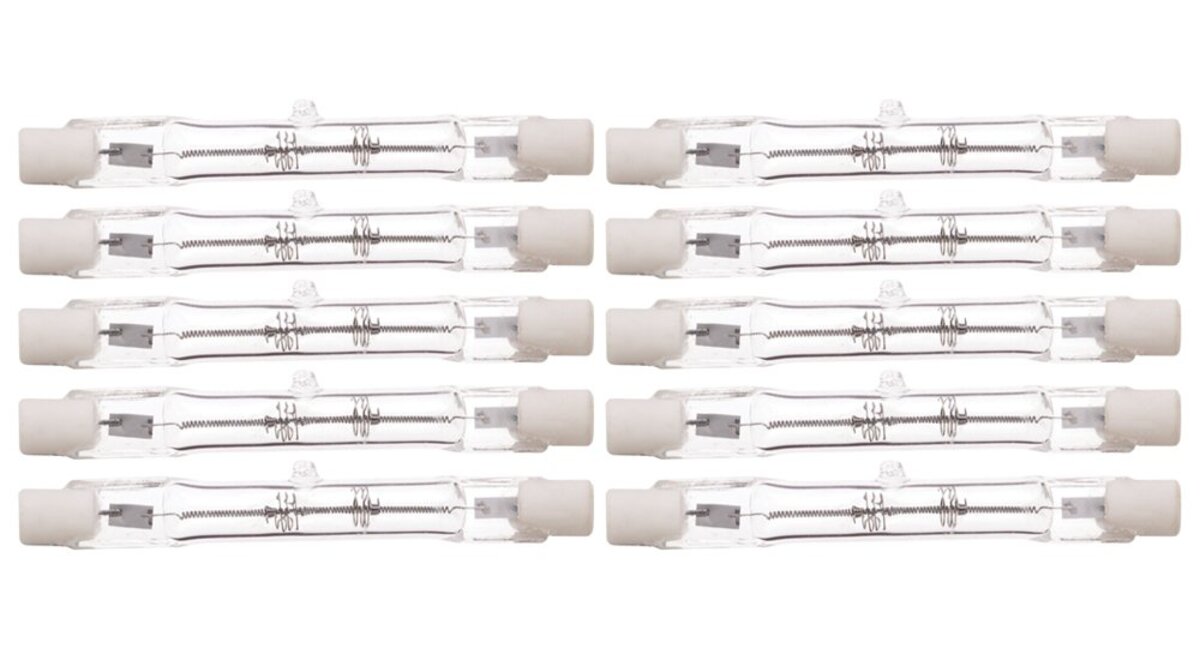
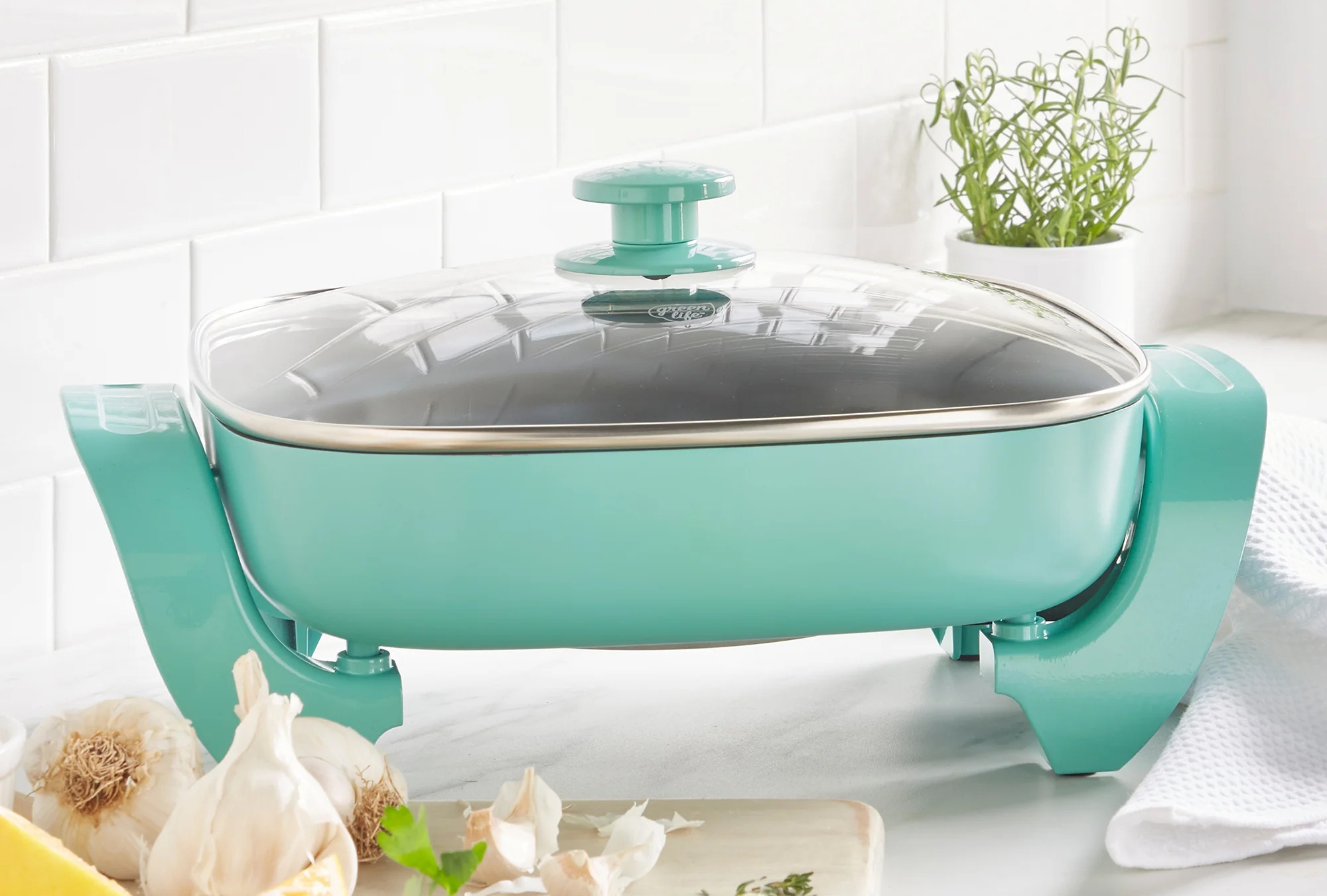
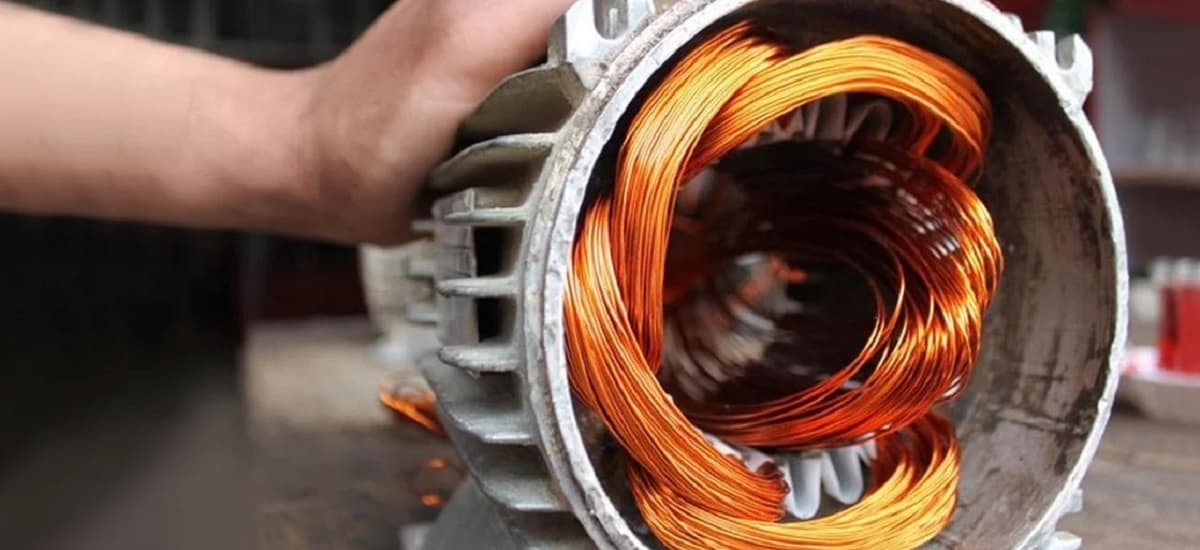
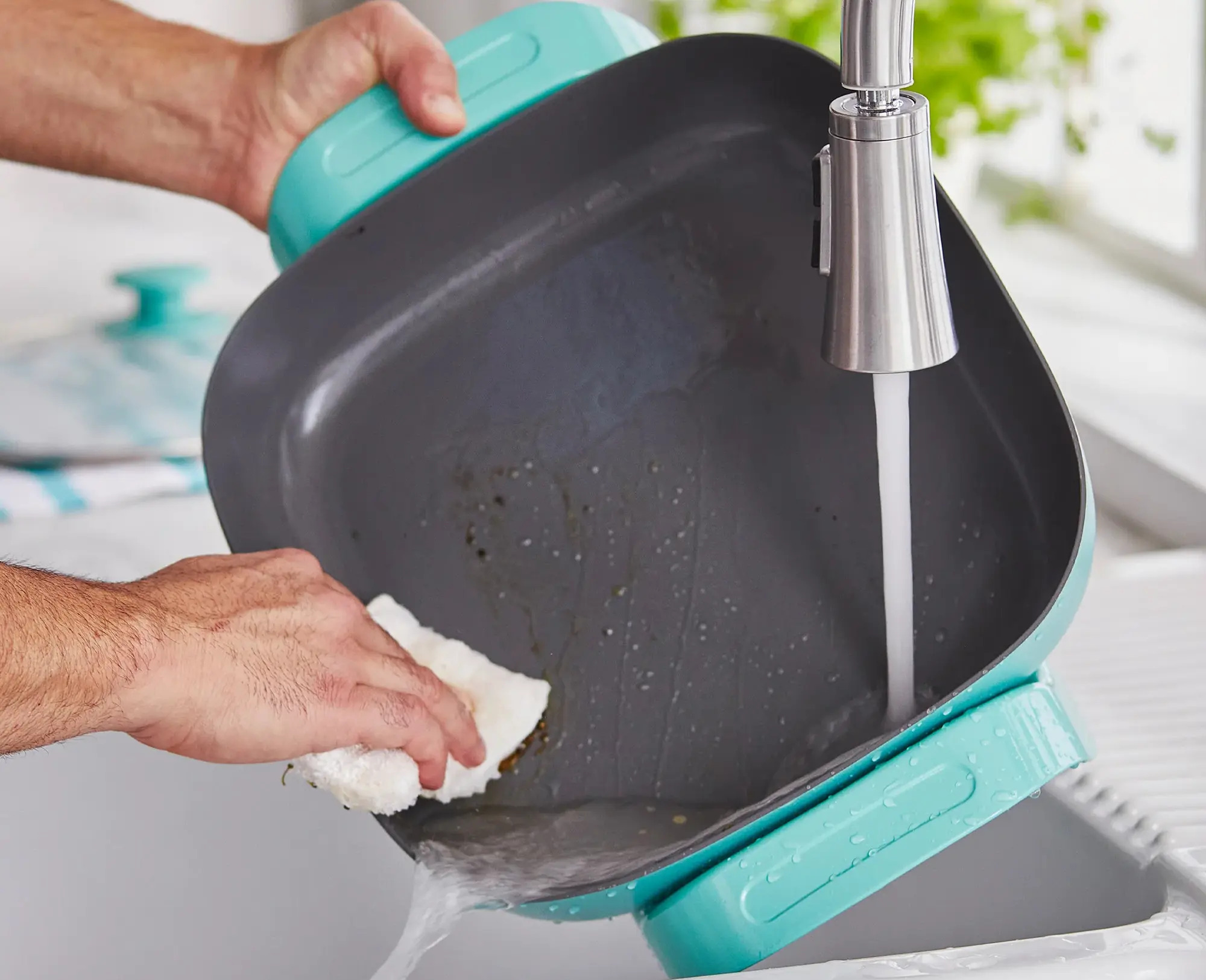
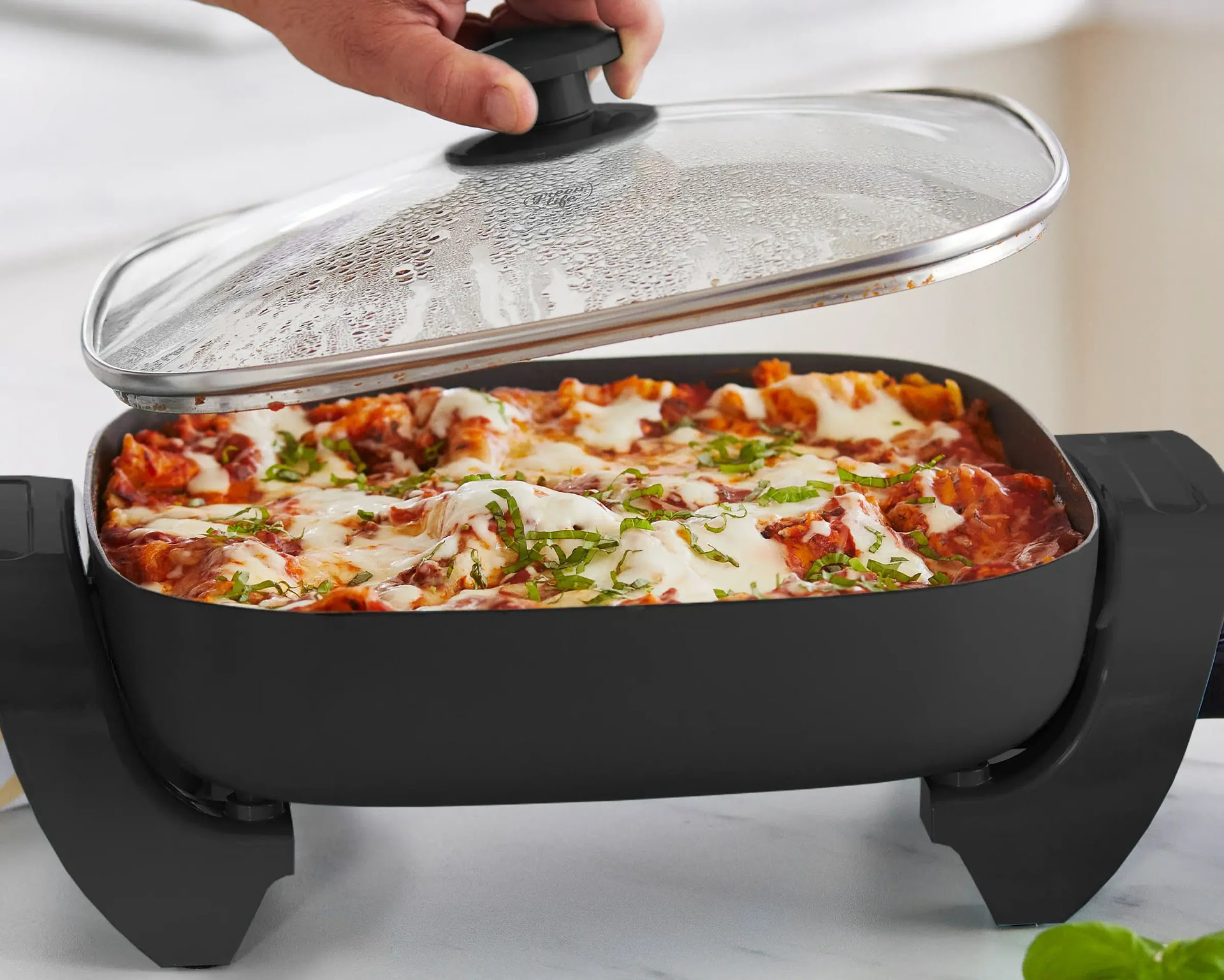
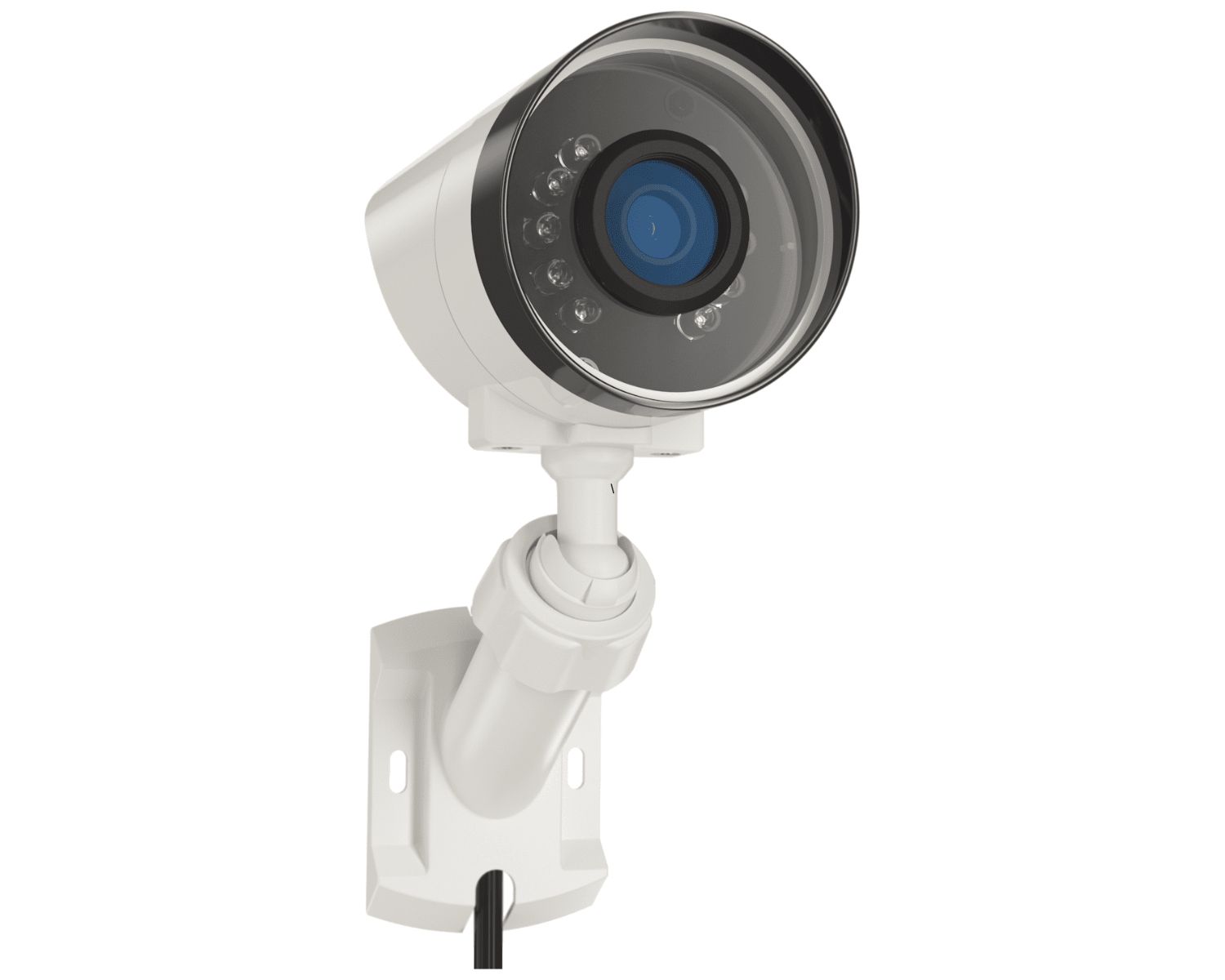


0 thoughts on “How Much Current Is Drawn By A 1000-W Electric Skillet Operating On 120V”